Early Death by Elizabeth Siddal
Oh grieve not with thy bitter tears
The life that passes fast;
The gates of heaven will open wide
And take me in at last.
Then sit down meekly at my side
And watch my young life flee;
Then solemn peace of holy death
Come quickly unto thee.
But true love, seek me in the throng
Of spirits floating past,
And I will take thee by the hands
And know thee mine at last.
After re-reading Siddal’s poem Early Death today, the imagery of ‘spirits floating past’ made me think of La Divina Commedia, where Dante Alighieri described the lovers in the second circle of Hell as being whipped around by a strong, violent wind.
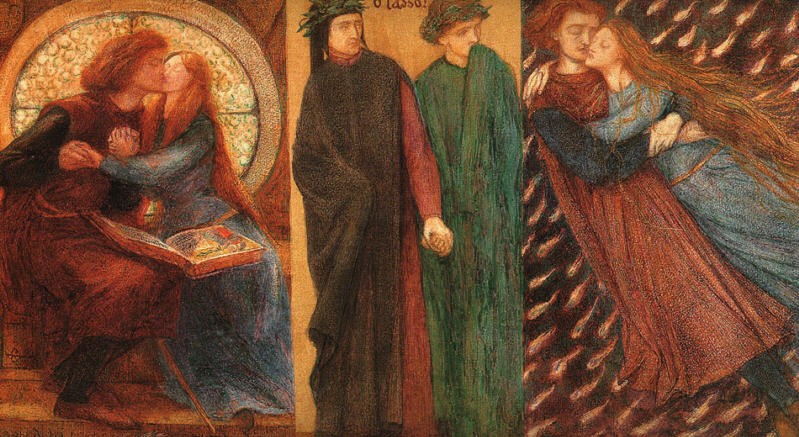
In Dante Gabriel Rossetti’s triptych above, Siddal appears as Francesca de Rimini. In Canto V of La Divina Commedia, Dante encounters her and her lover, Paolo. When Francesca first meets Dante, she quotes great works to him, including his own. This establishes Francesca’s passion for reading and she later tells him that she fell in love with her brother-in-law while they read the tales of Lancelot together. Francesca and Paolo then brought the King Arthur/Guinevere/Lancelot triangle to life by pursuing their relationship. When Francesca’s husband caught them, he stabbed the pair to death. They remain in the winds of the second circle of hell, along with other famous lovers who have sinned. In Rossetti’s design, we can see the lovers kissing as they read Lancelot, Dante and Virgil in the middle as they encounter the pair, and the lovers as they brave the winds of Hell. Since Siddal herself appears as Francesca, who floats upon the violent wind, I wonder if the poet purposefully transferred similar imagery into her own work.
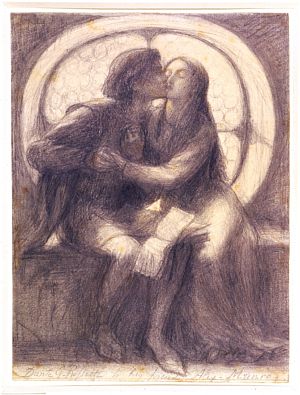
Rossetti revisited Paolo and Francesca in his 1867 painting. The book between them is my favorite detail. It creates a bridge that draws them together. The lovers, despite their tragic ending, developed their passion over a shared enthusiasm for the written word, something I find incredibly meaningful.
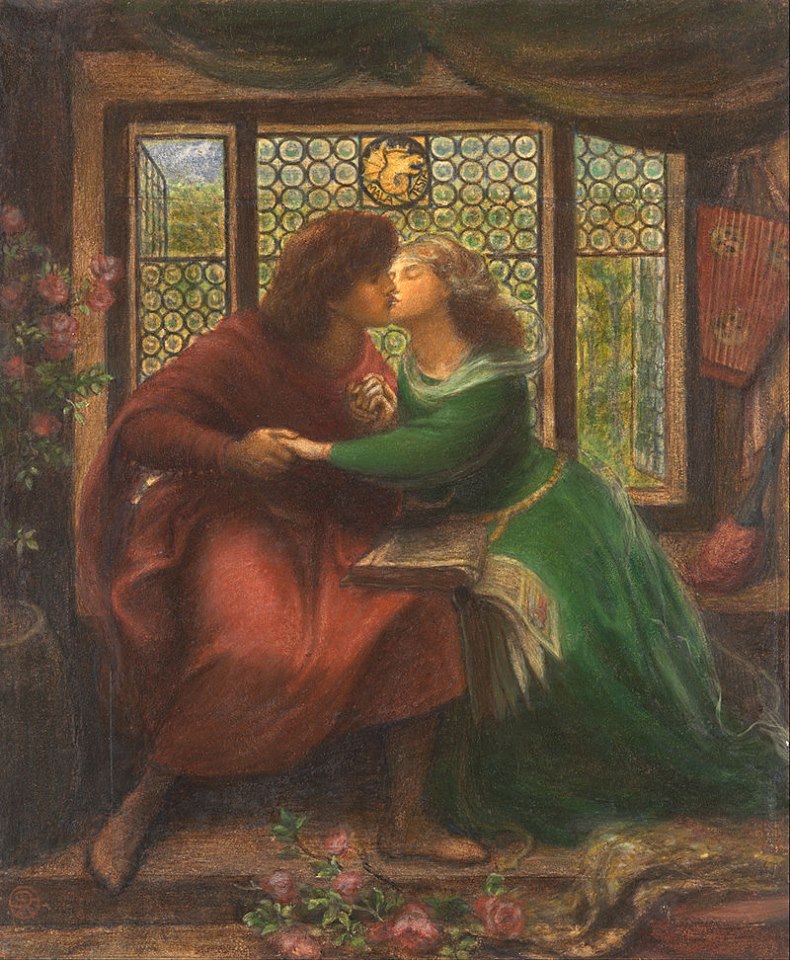
Siddal’s imagery of spirits floating past brought to my mind the lovers in the second circle of Hell, but it also makes me think of what would happen once the speaker of her poem is reunited with her lover. And I will take thee by the hands/And know thee mine at last.
Once they are reunited, I imagine the scene would be much like Dante Gabriel Rossetti’s The Blessed Damozel in which the damozel, in heaven, is surrounded by lovers: Around her, lovers, newly met / ‘Mid deathless love’s acclaims, / Spoke evermore among themselves / Their rapturous new names.”
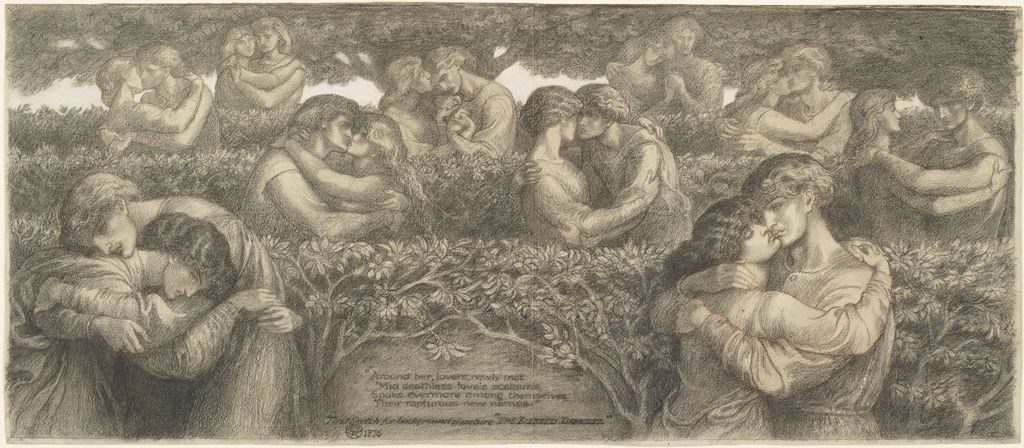
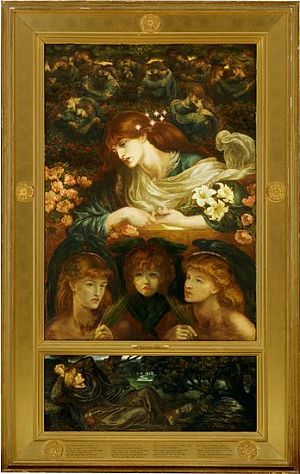
Drawing inspiration from Edgar Allan Poe’s The Raven, Dante Gabriel Rossetti’s The Blessed Damozel explores the theme of lovers separated by death. Like Poe’s Lenore, the damozel (an archaic form of damsel) has died and Rossetti introduces her to us as she looks down upon her lover from heaven. Rossetti later told Hall Caine ‘I saw that Poe had done the utmost it is possible to do with the grief of the lover on earth, and so I determined to reverse the conditions and give utterance to the yearning of the loved one in heaven.’ You can read the full text of the poem here.
Paolo and Francesca and The Blessed Damozel are tragic love stories and, of course, Elizabeth Siddal’s poem is incredibly sad as well. Doomed lovers have always had universal appeal, which is one reason Pre-Raphaelite images of Ophelia remain so popular. This isn’t limited to Pre-Raphaelite art by any means. I was only recently thinking about how much I love movies like Somewhere in Time starring Christopher Reeve and Jane Seymour or The Ghost and Mrs. Muir with Rex Harrison and Gene Tierney. Both include supernatural elements, both feature lovers who are clearly soulmates but are bound by laws of nature and can not be with their true love.
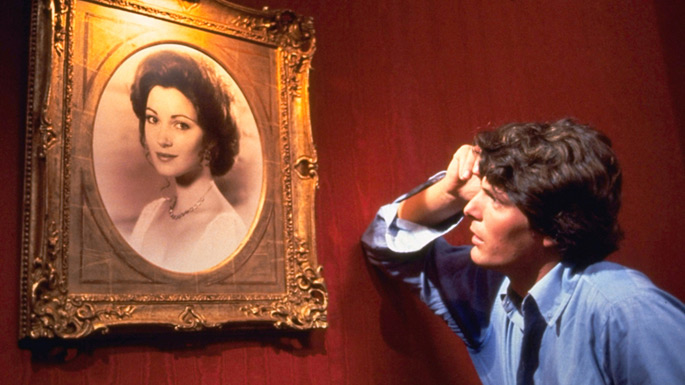

Tragic love stories offer a catharsis of sorts. Why do we enjoy stories that rip our hearts out? Most likely it is the fact that we can all identify with both the exquisite rapture of love and the gut-wrenching pain it can cause.
Experiencing it in real life can be agony.
Experiencing it through the safety of art can be freeing.
***
“One day for our own pleasure we were reading
Of Lancelot and how love pinioned him.
We were alone and innocent of suspicion.
“Several times that reading forced our eyes
To meet and took the color from our faces.
But one solitary moment conquered us.
“When we read there of how the longed-for smile
Was being kissed by that heroic lover,
This man, who never shall be severed from me,
“Trembling all over, kissed me on the mouth.
That book — and its author — was a pander!
In it that day we did no further reading.”
While the one spirit spoke these words, the other
Wept so sadly that pity swept over me
And I fainted as if face to face with death,
And I fell just as a dead body falls.
(Inferno, Canto V)

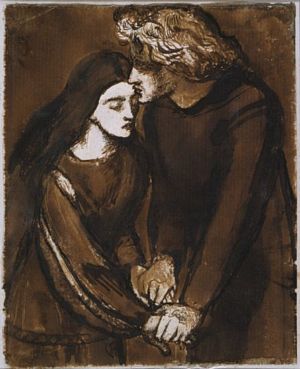
Oh, my! Evoking two of my favorite films at the end there! Thank you! I loved the old film of Ghost and Mrs. Muir, as well as the slightly sillier TV series, so very much. Another film that springs to mind, particularly with a medieval theme, is Ladyhawke, with the two lovers under the curse that won’t allow them to be together except for a few seconds at dawn and dusk. I absolutely see the continued theme of doomed lovers through all media, and I love that universality of theme.
I watched The Ghost and Mrs. Muir obsessively when I was a teenager and I still love it. Absolutely one of my favorites films and the soundtrack by Bernard Herrmann is amazing! Oh, Ladyhawke! Have not seen that for years but I loved it so!